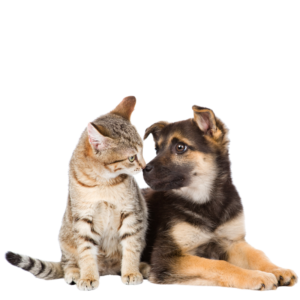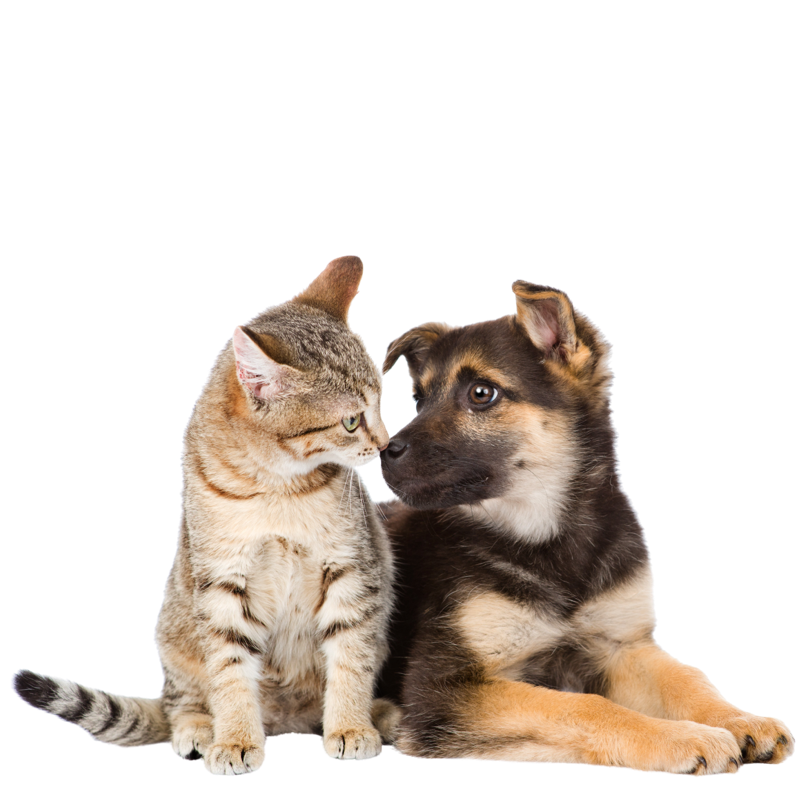There is a vast majority that all pets have some form of periodontal disease by the time they are 3 years of age. Dental disease can result in bad breath, painful chewing, and tooth loss. Bacteria under the gums can travel to the heart, kidneys and liver. By keeping your pet’s teeth clean you can help them live a longer healthier happy life.
What is involved in a dental cleaning procedure?
During a dental cleaning plaque and tartar are removed from a pet’s teeth, and the health of the entire mouth (tongue, gums, lips, and teeth) is assessed. Anesthesia keeps your pet still and free of pain during the dental procedure and allows your veterinarian to fully inspect the teeth and remove tartar from under the gums.
What are signs of dental problems in cats?
Signs of dental disease in cats can be drooling, bleeding from the mouth, difficulty eating, vomiting, bad breath, pawing at the mouth, and or behaviour changes. If you notice any of these changes in your cat, please contact the clinic and we would be more than happy to assess your pet’s mouth.
Are some breeds more susceptible than others?
Dental disease is a very common problem in both young and old cats. To some degree, genetics can play a role in determining which cats are more susceptible than others to dental disease, but the overriding cause of dental problems can be traced to the modern cat’s diet and lack of regular cleaning.
What is feline tooth resorption?
It is a common and painful condition in cats. Also referred to as feline odontoclastic resorptive lesion (FORL) or cervical lesion. The dentin in a single tooth (or several simultaneously) erodes and eventually becomes irreparably destroyed.




